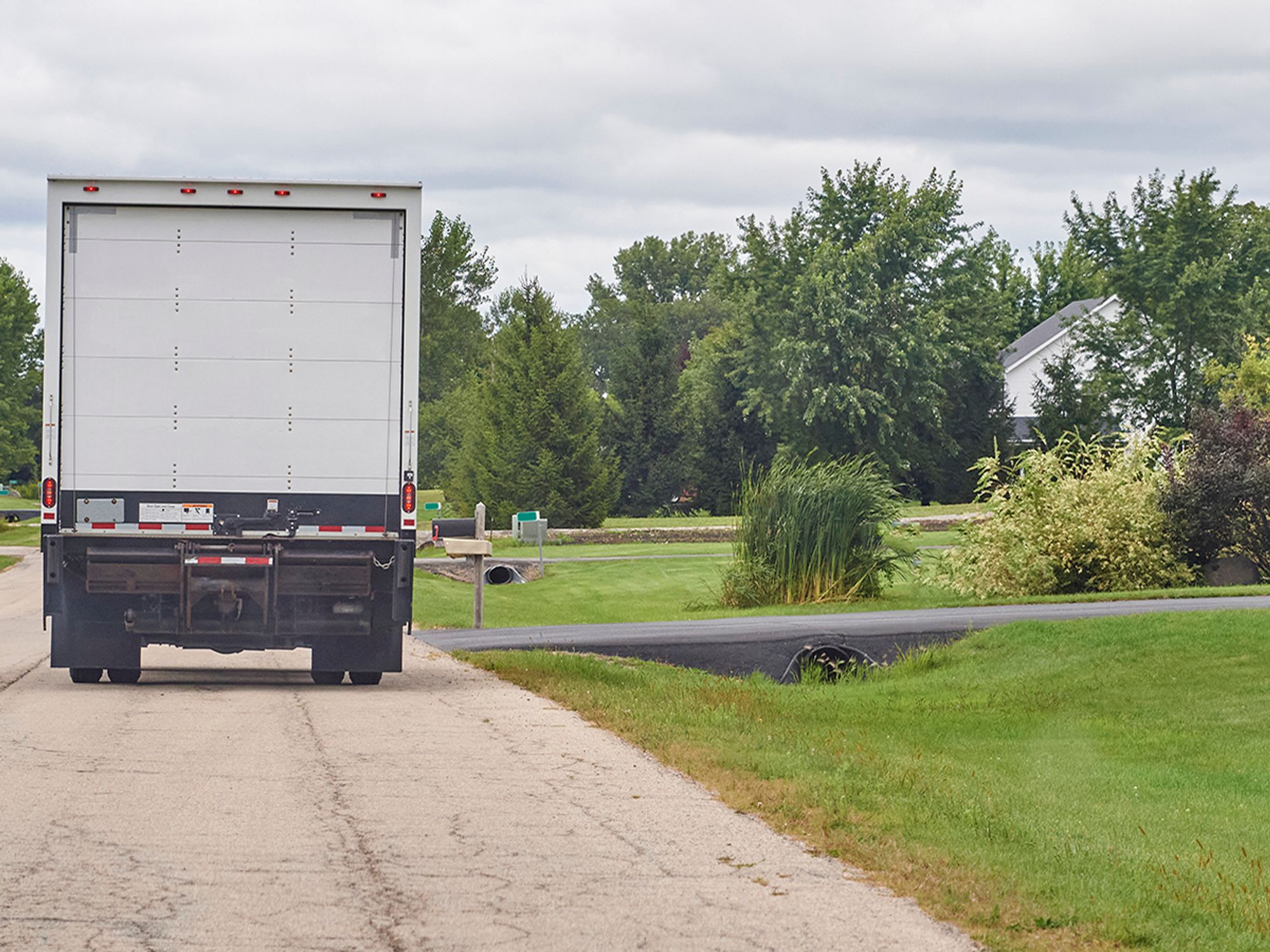InstituteFleet SafetyHours of ServiceHours of ServiceTransportationUSAEnglishAnalysisFocus AreaIn Depth (Level 3)
Personal conveyance
['Hours of Service']

- “Personal conveyance” (PC) is the use of a CMV in an off-duty status for the personal transportation of the driver.
- Time spent driving a CMV to move the driver from place to place can be considered off-duty time if the driver has been relieved from work and all responsibility for performing work, if the movement does not benefit the carrier in any way, the driver is not ill or overly fatigued to drive safely, and the driver complies with any company policies governing PC.
Motor carriers can choose to allow their drivers to use personal conveyance (PC) and can choose whether they want time or distance limits placed on PC usage.
The Federal Motor Carrier Safety Administration’s (FMCSA’s) guidelines for using PC are found in the agency’s official interpretations for 395.8, under Question 26.
Each PC scenario will be reviewed by enforcement officials based on at least these primary points:
- Is the driver ill or fatigued? A driver may not use a commercial motor vehicle (CMV) for personal conveyance while too ill or fatigued to drive safely.
- Is the driver off-duty? A driver may not use a CMV for PC unless released from duty and free to pursue personal activities.
- Is the move purely personal with no benefit to the business? A driver may not use a CMV for PC if the movement is benefitting a commercial entity in any way.
What’s allowed?
- Traveling from a driver’s lodging to and from a restaurant or entertainment facility;
- Commuting between the driver’s residence and a terminal, drop lot or work site, if the driver rests enough to prevent fatigue;
- Traveling to the first available location that is “nearby, reasonable, [and] safe,” to get the required 8 or 10 hours of rest after loading or unloading;
- Moving the CMV at the request of a safety official during off-duty time;
- Transporting personal property while off duty; and
- Traveling home after working at a temporary off-site job location (other than a carrier’s terminal or a shipper’s or receiver’s facility), such as a construction or utility work site, if authorized by the carrier.
What’s not allowed?
- Moving a CMV “to enhance the operational readiness of a motor carrier.” For example, skipping a nearby rest area to get closer to the next loading or unloading point or other scheduled work destination.
- Returning to the point of origin (whether in a CMV or non-CMV) under the direction of the motor carrier to pick up another trailer.
- Continuing a CMV trip in interstate commerce to fulfill a business purpose, including bobtailing or operating with an empty trailer to retrieve another load, or repositioning a CMV (tractor or trailer) at the direction of the motor carrier.
- Driving a passenger-carrying CMV while passenger(s) are on board, except for off-duty drivers who are traveling to a common destination of their own choice.
- Transporting a CMV to a facility for maintenance.
- Driving somewhere to get required rest after being placed out of service for exceeding the hours-of-service limits, unless directed by an enforcement officer at the scene.
- Traveling to a motor carrier’s terminal from a shipper or receiver after loading or unloading.
- Driving a motorcoach when luggage is stowed, the passengers have disembarked, and the driver has been directed to deliver the luggage.
